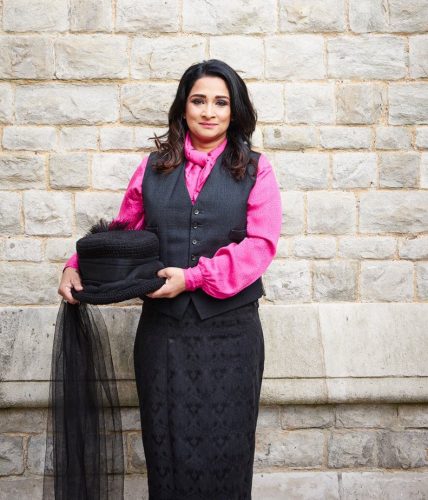The necessity to collect and decently dispose of those who fell in battle never led to the conscription or recruitment of specialist undertakers. Undertakers wishing to serve their country in both world wars had to sign on as soldiers or sailors or airmen. There was no scope for serving as undertakers — with one exception.
Operation Mincemeat in 1943 was the exotic brainchild of British Intelligence. It was deployed to deceive the Germans into believing that a British invasion of Europe would be attempted in Greece and Sardinia, and that the force assembled in Casablanca apparently preparing to invade Sicily, the actual target, was merely a diversion. The purpose was to persuade the Axis forces not to send troops to reinforce the Sicily beaches.
To achieve this bluff, the corpse of a Welsh pauper, Glyndwr Michael, was clad in the uniform of a fictitious Royal Marines officer. Forged top secret letters were placed in his briefcase bearing the necessary misinformation. The corpse was released from a submarine off the coast of Spain and picked up by a fisherman. The documents were read by the Germans, who believed them. The Allies invaded Sicily in the face of muted opposition. You can read all about it on Wikipedia.
The complicated process of giving the corpse its identity-makeover and getting it good to go called for the services of undertaker. That undertaker was Ivor Leverton.
Ivor Leverton had been turned down for military service – medically unfit – but he was itching to do his bit. When the intelligence officers in charge of Mincemeat needed the body of poor Glyndwr Michael moved from St Pancras to Hackney, they turned to Ivor. The episode is described by Ben Macintyre:
“Soon after midnight, Leverton tiptoed downstairs from the flat above the funeral parlour in Eversholt Street, taking care not to wake his wife, and retrieved a hearse from the company garage in Crawley Mews … The dead man was wearing khaki military uniform but no shoes. Leverton was struck by his height. Leverton and Sons’ standard [removal] coffins measured six foot two inside, but [Leverton recorded in his diary] ‘the dead man must have stood six feet four inches tall’ and could not be made to lie flat. ‘By an adjustment to the knees and setting the very large feet at an angle, we were just able to manage’.”
Macintyre describes Ivor Leverton as “a man of unflappable temperament and a bone dry sense of humour”. His brother, Derrick, was cut from the same cloth.
Major Derrick Leverton, 12th Light Anti-Aircraft Regiment of the Royal Artillery, was, by coincidence, among the first ashore on Sicily. An irrepressible optimist, he described the hellish sea crossing in a letter home as “a most excellent cruise”. His job was to set up a gun emplacement and engage enemy planes. As his men worked he brewed himself a cuppa. Then he was dive-bombed. One bomb fell in the sea “and splashed us with nice cool water”. In Macintyre’s narrative, “In case of further attacks the undertaker instructed his men to dig ‘little graves about three feet deep, which were very comfortable’ … And so, as the bombs fell around him, this heroic British undertaker sat in his own grave, wearing swimming trunks and a helmet, drinking a nice cup of tea. He looked ridiculous and, at the same time, bloody magnificent.”
Does anyone know of any other undertaker who had a good war?

